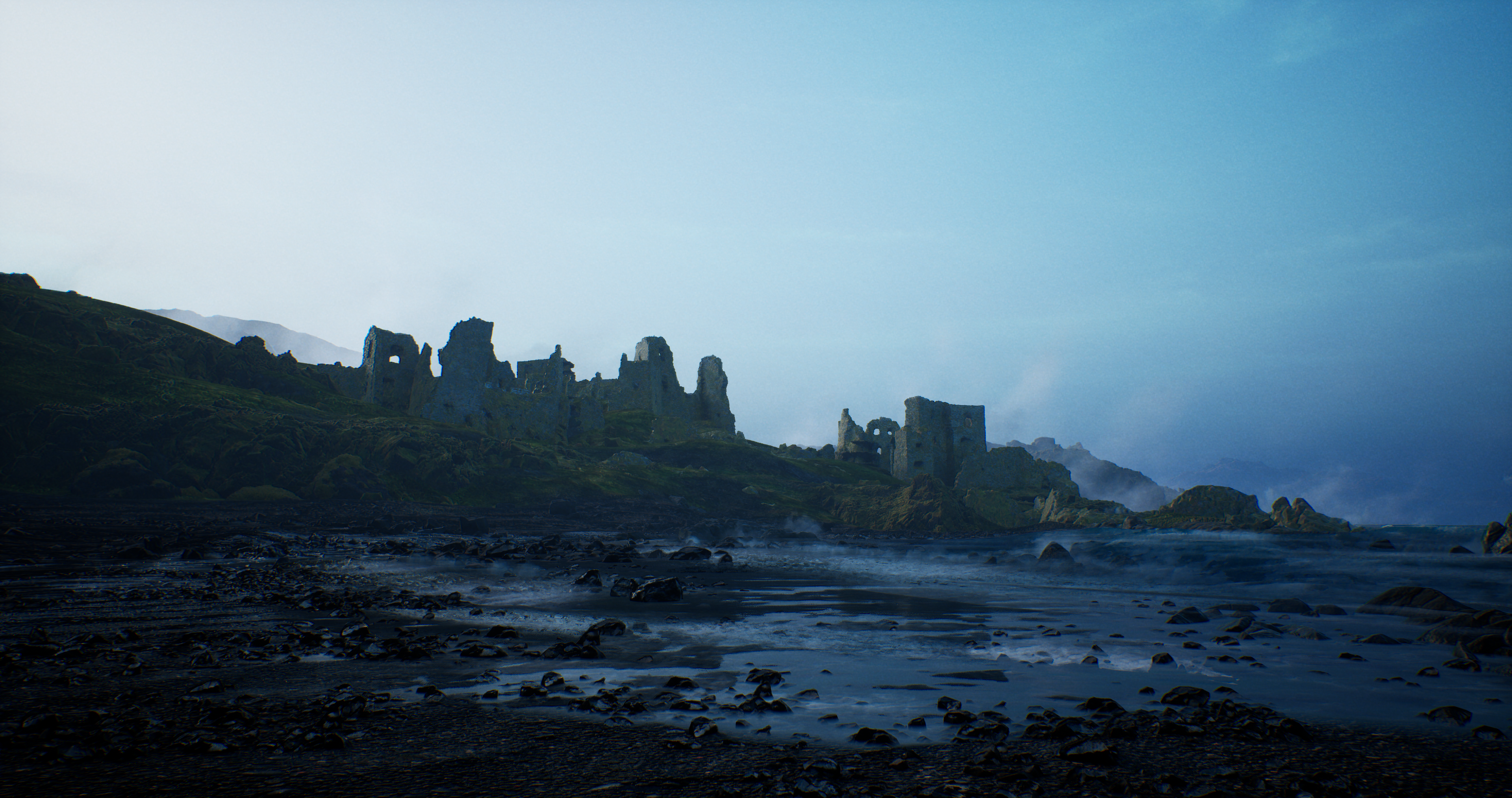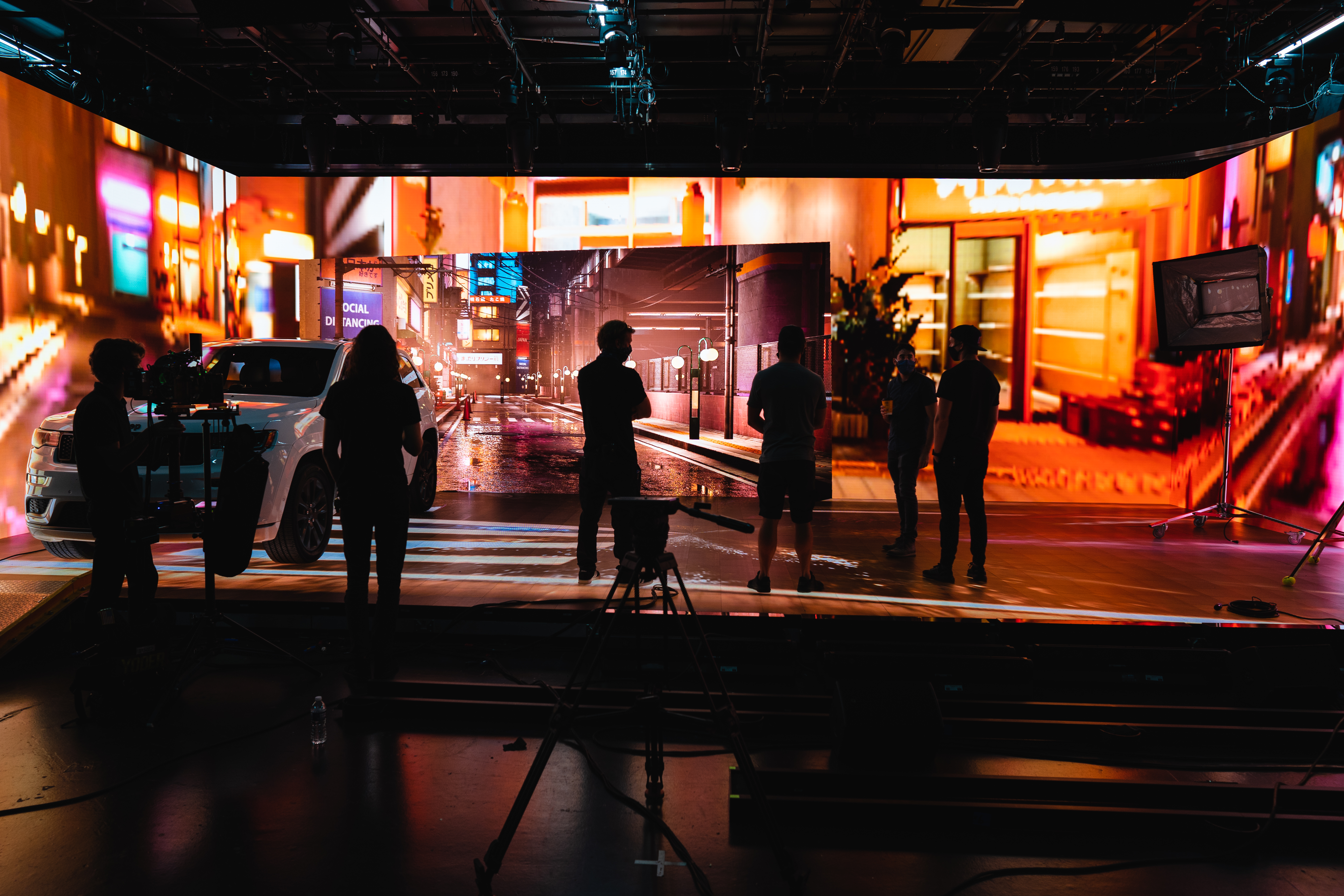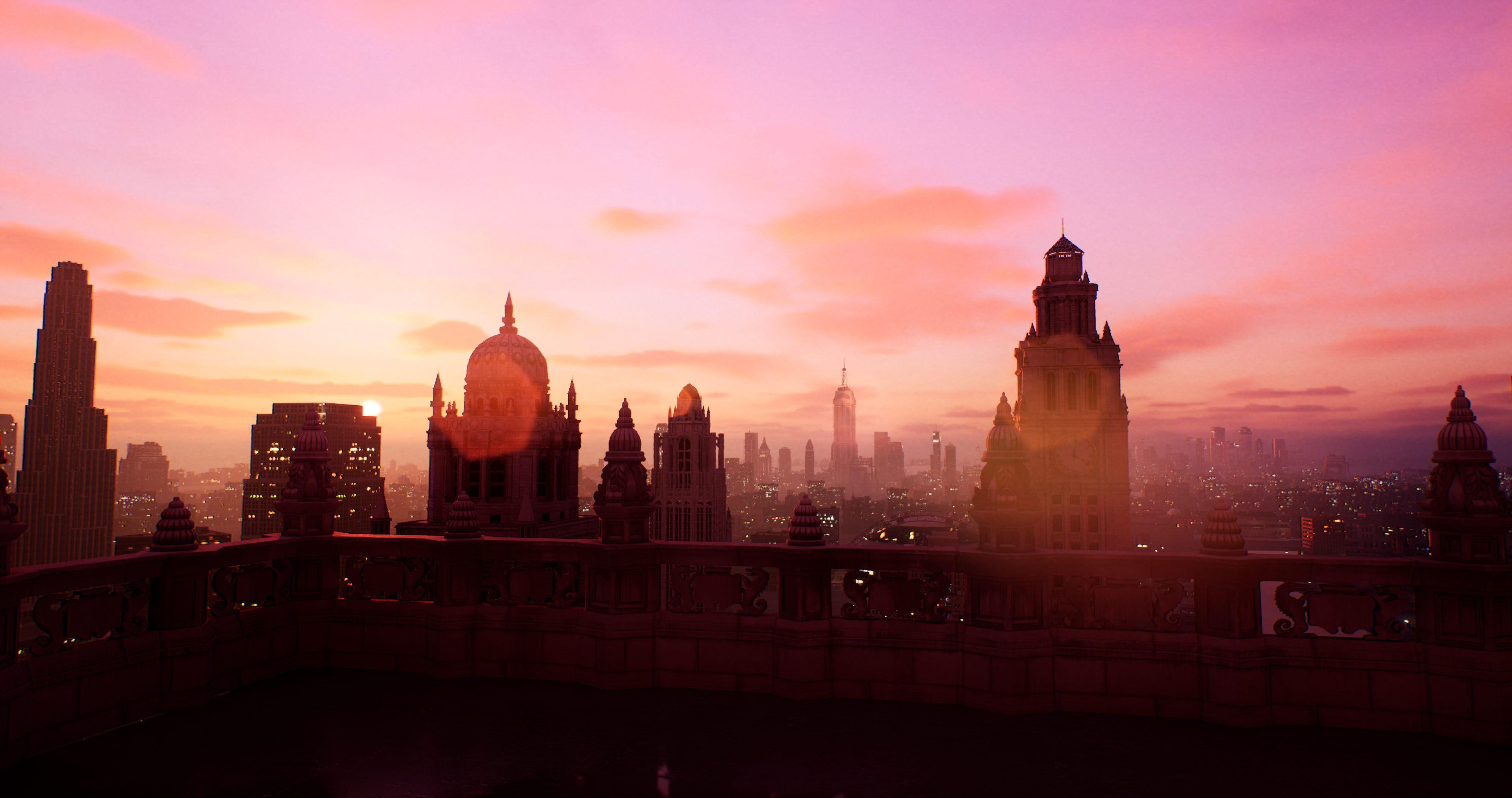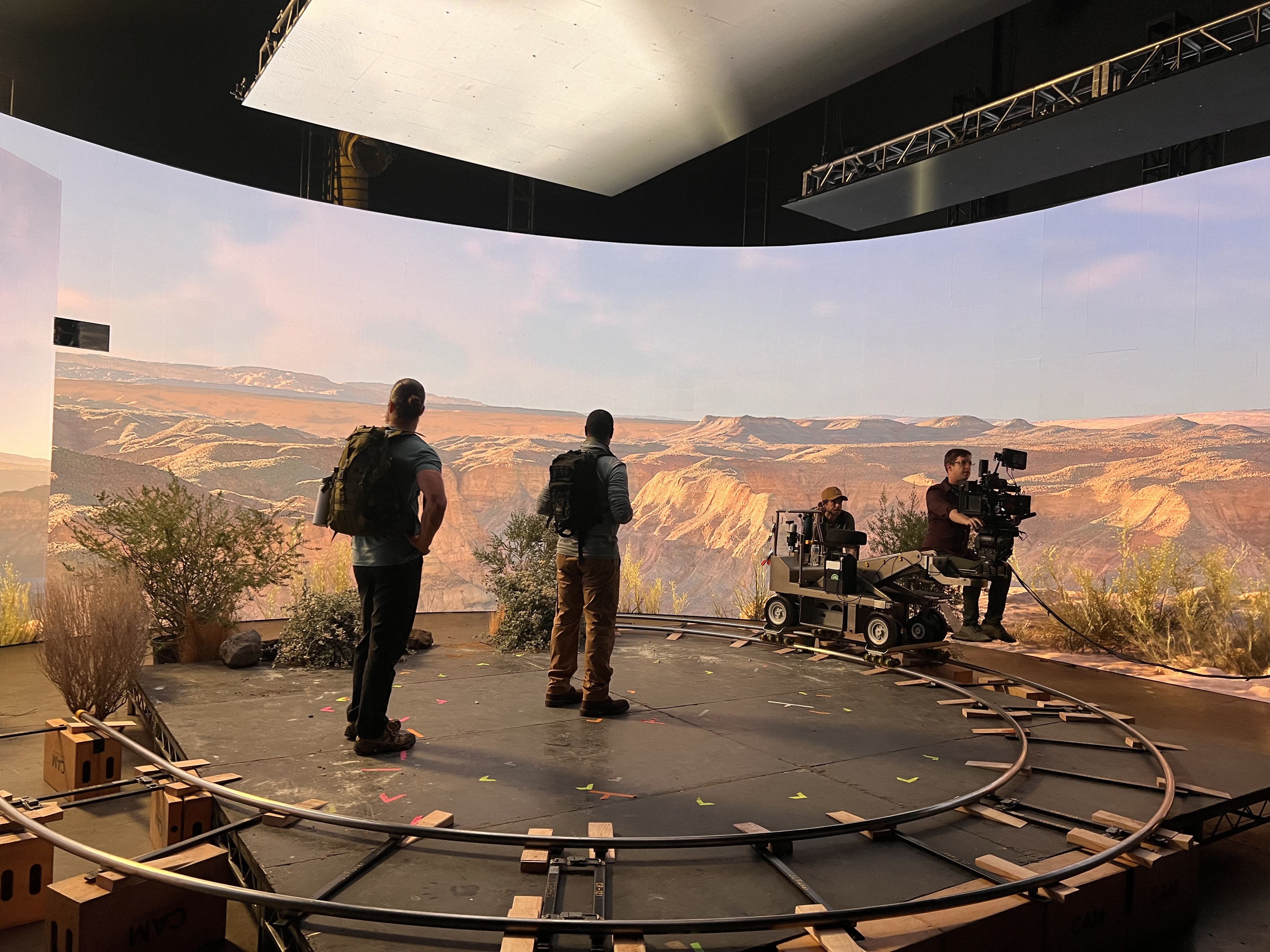3D real-time content:
In the exhilarating realm where imagination takes shape in three dimensions, the art of cinematic production reaches new heights with the dynamic 3D workflow. A playground of virtual environments and immersive storytelling, this technique transforms mere pixels into living, breathing worlds.
What it is:
A 3D workflow ventures beyond the confines of two dimensions, creating fully immersive environments using real-time 3D programs like Unreal, Unity, and Notch. This approach crafts virtual worlds from three-dimensional objects, known as meshes or 3D models, allowing for dynamic camera movements, realistic lighting, and intricate visual details. Unlike static 2D or layered 2.5D, the 3D workflow thrives on interactivity and immersion. Camera tracking hardware is required for this workflow.
When to use 3D content:
3D workflows are best for scenes that demand a heightened level of realism, depth, and interactivity. It becomes indispensable in shots that feature dynamic camera movements, intricate backgrounds that require motion, backgrounds with objects that are closer to the camera, and scenarios where real-time adjustments are essential. The 3D approach excels in scenarios where parallax and perspective changes play a pivotal role in storytelling.
What it’s mainly used for:
From crafting multiple locations with fluid parallax to infusing scenes with dynamic environmental effects, top virtual production companies use 3D real-time workflows extensively. There are many scenarios when a full 3D virtual production workflow can be the more efficient and budget-friendly option. Virtual production 3D workflows can recreate fantastical, otherworldly settings for science fiction or fantasy projects, creating breathtaking realms that transcend the limitations of reality. They can also be used to transport audiences into historical locations that no longer exist in the physical world or locations that are difficult or dangerous to access, such as the peak of Mount Everest or deep underwater trenches
Considerations using this workflow:
While the 3D workflow opens the doors to boundless creativity, it requires a unique set of considerations. Artists must possess proficiency in real-time 3D content creation tools such as Unreal, Notch, Unity, and Touchdesigner. The workflow demands substantial computing power, making hardware considerations crucial. Additionally, real-time rendering introduces complexities in terms of balancing visual quality with performance, therefore it is paramount to optimize the content for a successful execution. A 3D workflow demands meticulous planning, a skilled team, and a robust infrastructure to bring the virtual vision to life.








